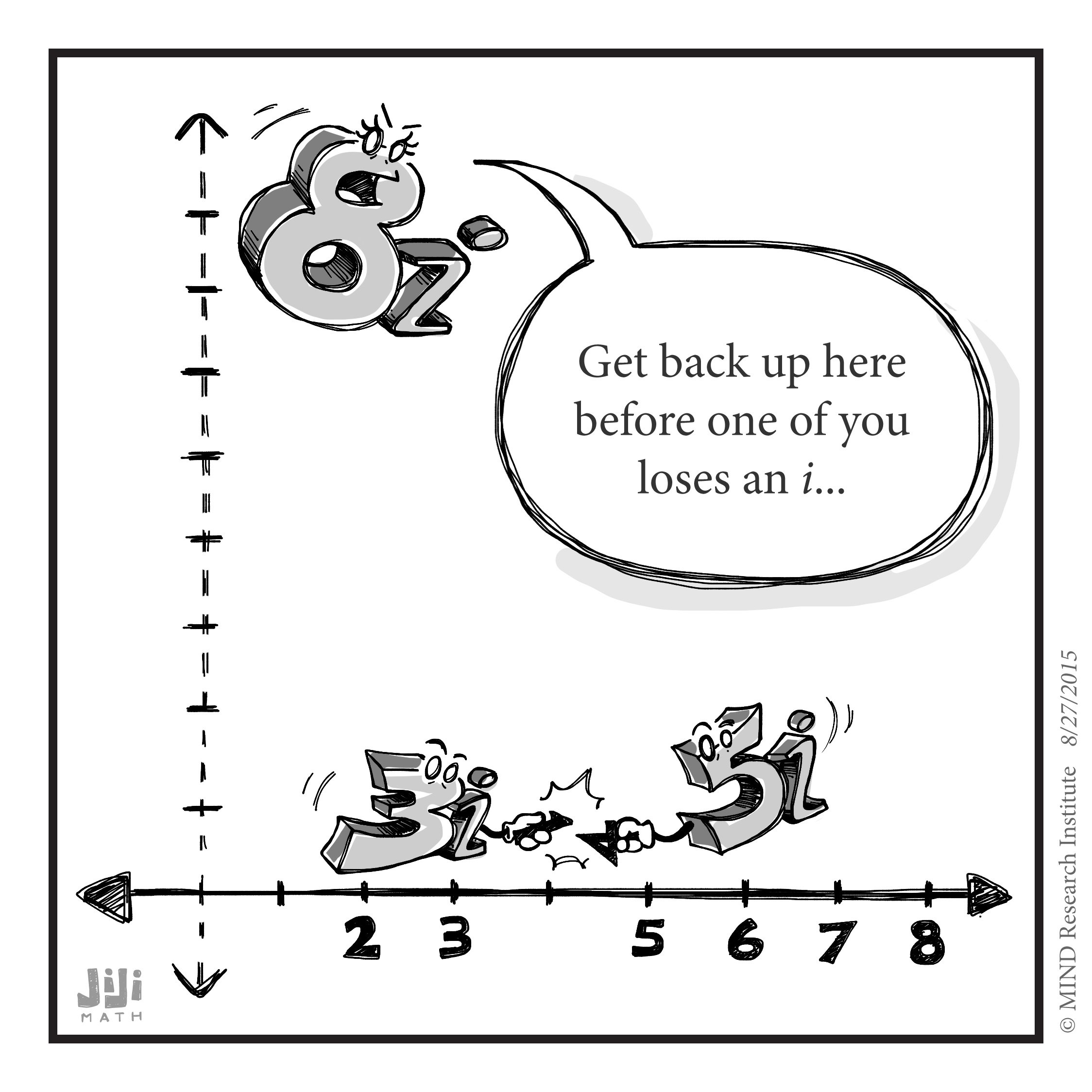
By: Megan Mead, Getting Smart
When you take on the responsibility of teaching math, you are up against some tough stereotypes and perceptions: you have more standards to address than you have time for, and you have to find a way to connect material to students in a meaningful way to keep them energized and inspired. Forgetting to laugh or not allowing your students to laugh (even when it is at your expense) adds a lot of unnecessary pressure. So do it, make a cheesy joke, wear a costume, share a cartoon — surprise your students by making your math classroom one that is fun and inviting rather than intimidating and dreary.
When you open the door for a little humor, you have the power to shift the culture of the environment and dramatically shift the way your students feel about and engage with mathematics.
Don’t believe me? More and more research is suggesting than when implemented intentionally and effectively, classroom humor can lead to less anxiety, more participation and better focus. In How Laughing Leads to Learning, cover story for the American Psychological Association, Zac Stambor notes “the benefits might not be limited to students: Research suggests that students rate professors who make learning fun significantly higher than others.”
Whether it is elementary, middle, high school or beyond, humor can be a great equalizer in the math classroom. MIND Research Institute has recently released a series of math cartoons called “Off the Number Line.” Each week, a new cartoon hits my inbox and I think “how would I have used this in my classroom?” I reached out to several educators to see what came to mind when they thought “Math cartoons in the classroom.” And here it is...five educators on how and why:
I could see using math cartoons in a variety of ways – perhaps as a quick scaffolding activity to have students explain the logic (or lack of logic) behind the math in the cartoon. Or perhaps a mini project in which students create their own cartoons to explain mathematical concepts with humor. I could also see it as a fun daily activity to give students each a comic and have them talk about it with their peer.
- Megan Pacheco, New Tech Network, San Francisco, CA

I just started using a system called sketch notes. This is an amazing resource for kids who are visual learners and struggle with the basic concepts of understanding the traditional step-by-step format that mathematical notetaking in school uses. I love that it allows our artistic kids a chance to feel connected to a structured concept without the confinement.
I have found that humor is a great motivator and anxiety reducer with students in my classroom. The use of cartoons draws their interest and the element of fun seems to help them persevere through the concepts. Comics can also be used in this same way. They open the door for discussion, for humor, and for looking at the reasoning of others in the mathematical processes they use. As a teacher, I would like to see more quality cartoons that elementary and intermediate students would be able to relate to and use.
For example:
This morning I used a clip from an old Abbott and Costello sketch (I omitted the first few seconds with the smoking) where a man's landlord comes to collect his rent- $13 / week for 7 weeks. The man proceeds to explain that he only owes the landlord $28. They make a bet that if he can prove that he only owes $28 he doesn't have to pay rent, but if he can't then he pays double. They then go through division, multiplication, and addition proving that the man only owes $28. This was a great discussion piece with my fourth graders and they were actively engaged throughout the process. We watched the whole thing first, then went back through and discussed the methods being used (incorrectly) to solve the problems, pausing after each one. We had some great discussions with regard to place value and the students had opportunity to formulate mathematical arguments (one of the mathematical process standards) and discuss their reasoning.
Another way I have used comics in my classroom is that I have had students collect them for me and I've displayed them on a bulletin board. This way, my students have been on the lookout for math and it has provided them with some ownership as well.
- Becky Renegar, Miamisburg City Schools, Dayton, OH
The most powerful learning from the cartoon comes from trying to create/write them. I wonder if writing math "jokes" [upon which all these cartoons are based] might be an interesting classroom activity - these cartoons then serve as exemplars for the class - and there's then a context to discuss why certain things are funny (the joke shift's schemas - a pun, or highlights a common misconception). The real challenge with this is that it is very difficult to write these - but might be a very cool thing to try with kids!
The idea that first came into my mind was how I could use the cartoons to really help tell the story of the day. For example, if I show this cartoon to my 9th grade algebra students at the beginning of class, I could ask them to think-pair-share around why it might be funny. What do we know? What questions do we have about the material in the cartoon? Almost use the cartoon as a way to build interest and need for the lesson to come. You could then show the same cartoon at the end of the lesson and ask students to explain the math behind the joke. Would be a good indication of who had a solid understanding of the content and helps the students see how the lesson comes full circle”
It is super important to note that the classroom is not the only place that kids should be engaging with math. As parents, we know that it is important to read to our kids from an early age, but what about math literacy? The way that parents talk about math is deeply related to how kids think and feel about it. These cartoons are great conversation starters around the dinner table too.
We want to hear how parents might use these cartoons with their own children at home. Share your ideas with us on twitter using #mathfun. Keep an eye out for a follow up post featuring your tweets! How do you cartoon?

MIND Research Institute welcomes guest blogs that highlight best practices in math education, blended learning and innovative learning strategies that inspire students at all ages.
Comment